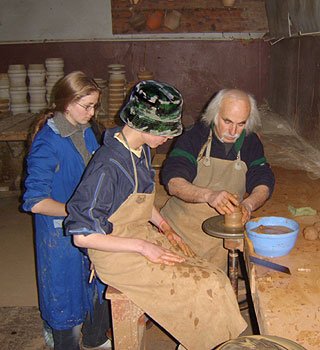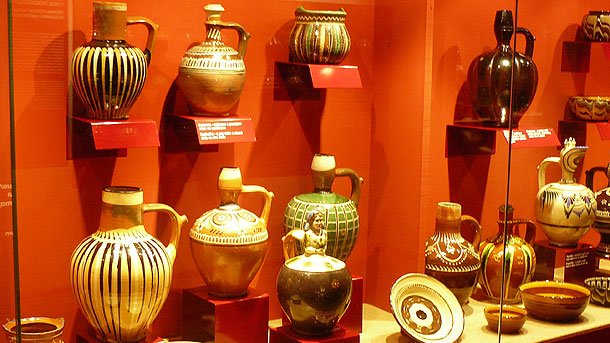
© Photo: archive

© Photo: BGNES

© Photo: BGNES
Pupils from allover Bulgaria enroll for study at the Prof. Venko Kolev National High School of Applied Art in Troyan. Its principal says that interest in pottery has never weakened. It is the place for teenagers who do not easily fit into the matrix of mass schools, Mr. Iliev explains. Here they can find an auspicious environment for the growth of their personality.

© Photo: wikipedia.org
Apart from pottery workshops scattered across Bulgaria, potters also display their talent and skills at various forums. Every year the Architectural and Ethnographic Complex Etar near the town of Gabrovo, Central Bulgaria, hosts the International Fair of Traditional Crafts where potters and masters of other crafts not only display their works but demonstrate a range of authentic techniques.
Translated by Daniela Konstantinova
The renowned film and theater actress Jessica Lange, winner of two Oscar awards, has been building a career as an art photographer for nearly two decades. Her first exhibition in Bulgaria opened last night at the Palace, 1 Knyaz Alexander I..
Last year, more than 20 women in Bulgaria were killed by their partners or other men in their lives. The number of registered cases of domestic violence for 2023 is almost 1400. At least ten women lost their lives in the first six months of 2024,..
The 10th Jazz Under the Stars festival on the Devetashko Plateau begins tonight i n the village of Karpachevo in the Lovech region. It will run until Sunday. Popular Bulgarian musicians will perform on the open-air stage in the meadow near the..
The space for art, culture and dialogue Toplocentrala in Sofia is getting ready for the grand opening of its 5 th season with the 5 th..

+359 2 9336 661
